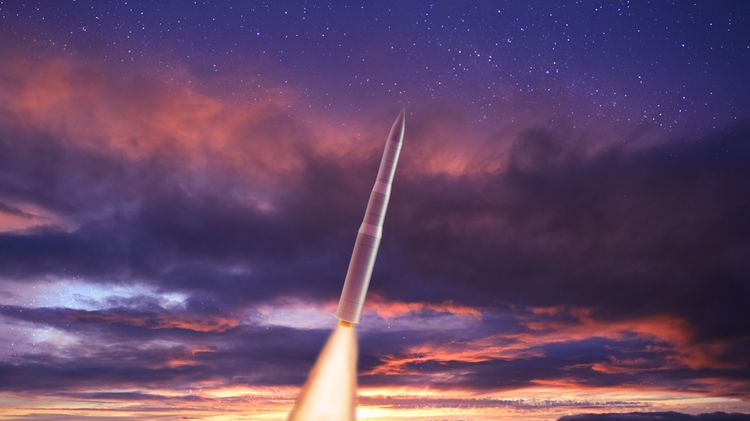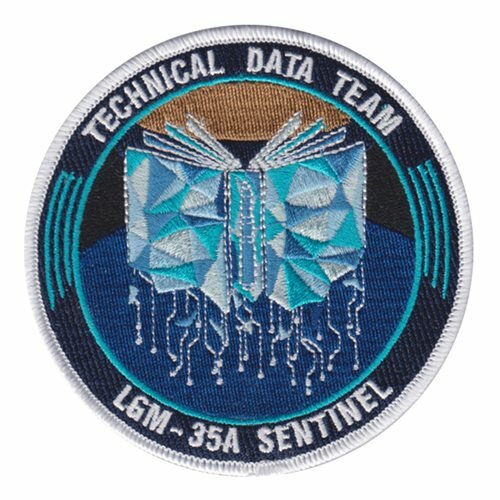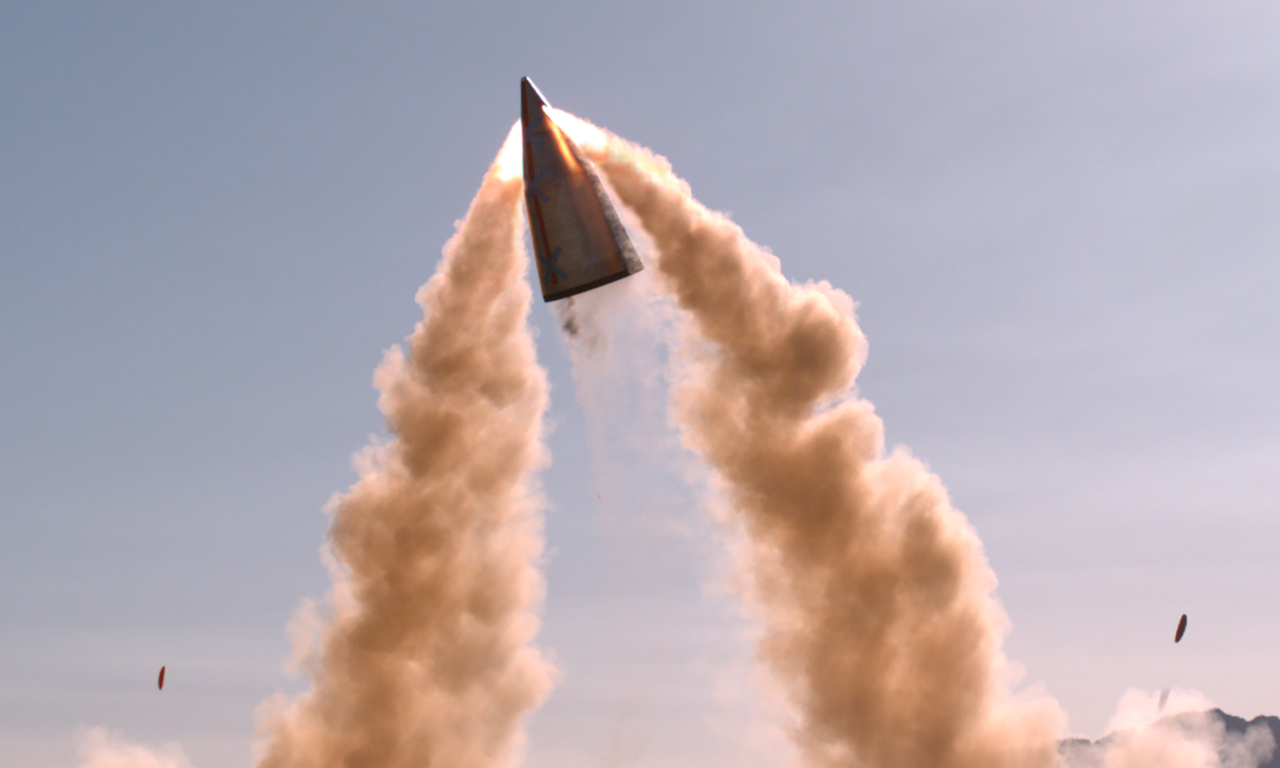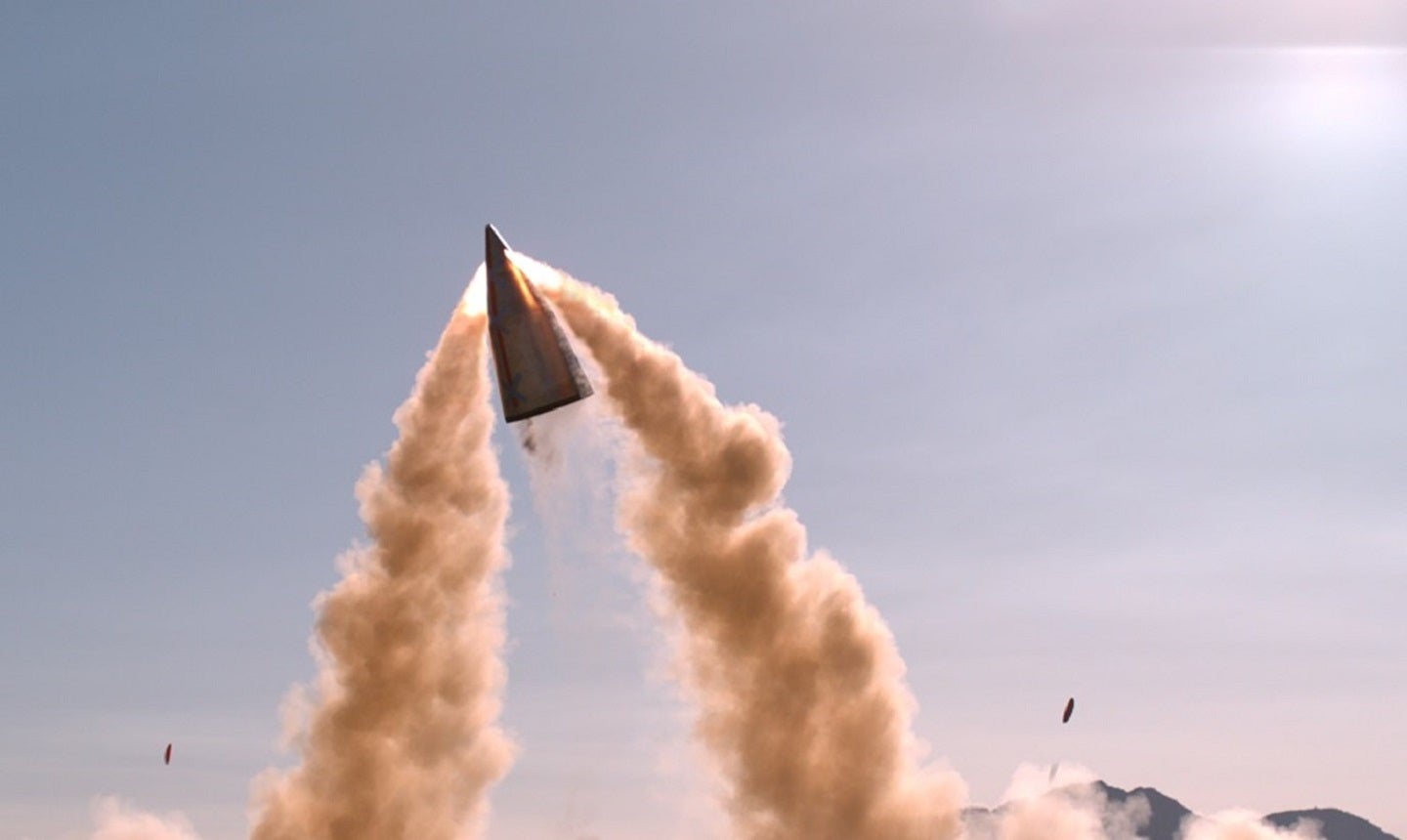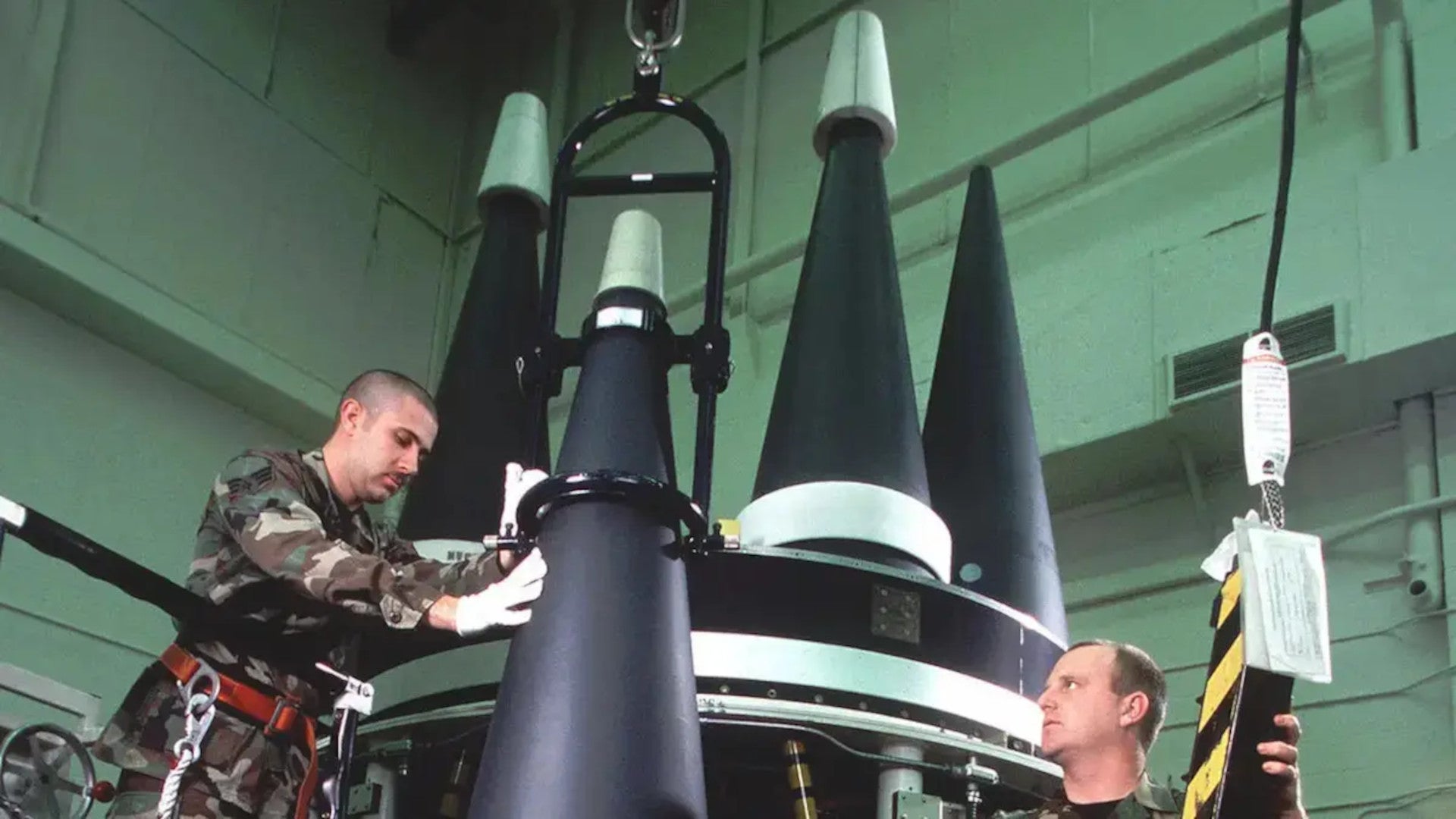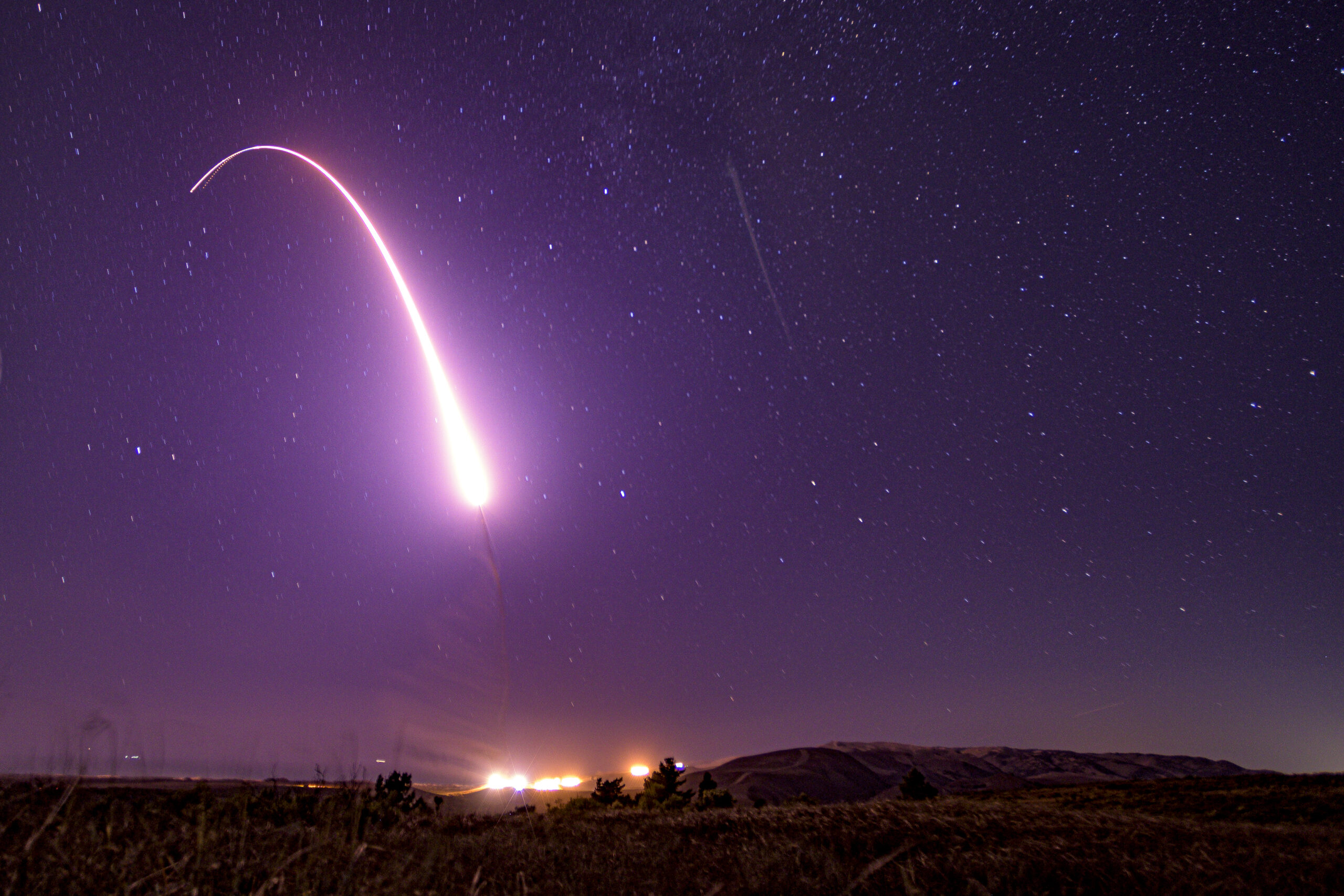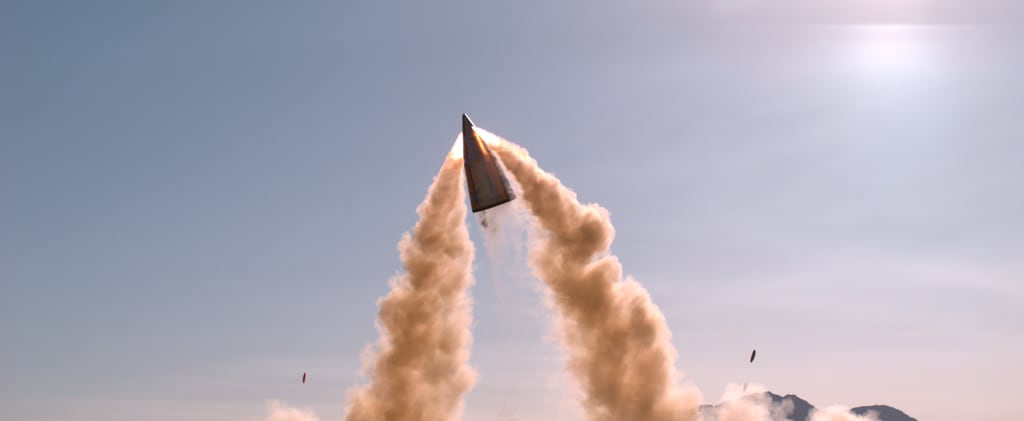Scott Kenny
ACCESS: Above Top Secret
- Joined
- 15 May 2023
- Messages
- 5,996
- Reaction score
- 4,842
D5LE is maybe 15 years old at this point.Its not like the Trident D5 is much newer, it would be 50yo tech by the time it got deployed, and the ground stuff would have to be replaced for D5 and then again for Sentinel... Going with D5 would be much more expensive for very limited benefit.

